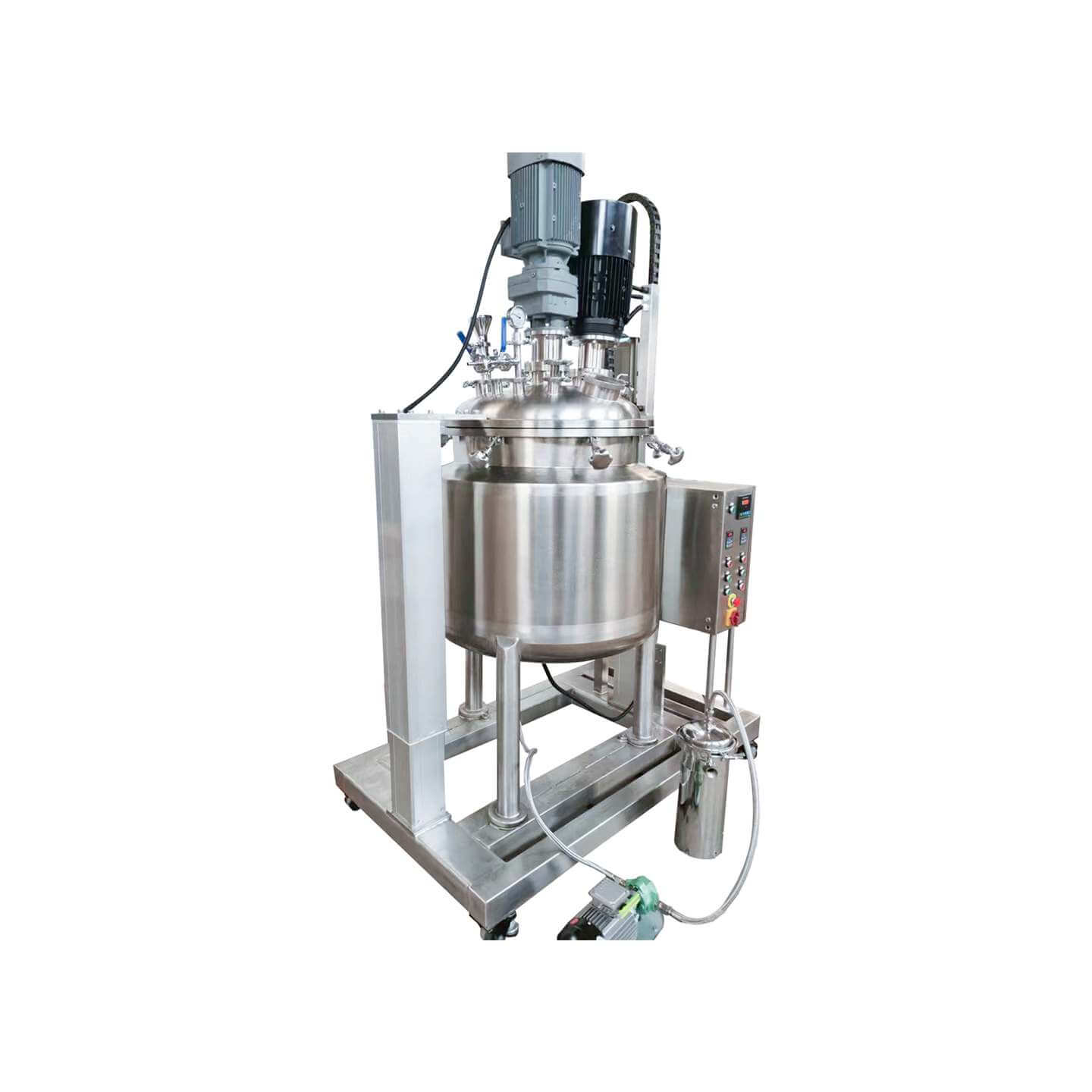

Laboratory Reactor
Laboratory reactor: used in the chemical industry, pesticide, paint, and other fields
Material
glass, stainless steel (316, 304), carbon steel, others
Capacity (L)
10-10000+
Mixing system
anchor, paddle, frame and others
Heating system
electric heating, oil heating and others
The laboratory reactor is small in size, beautiful in appearance, light, and fast in installation. It is composed of a pot body, pot cover, stirrer, jacket, support and transmission device, shaft sealing device, etc. The type of stirring device, rotation speed, sealing structure, heating method, etc. are produced.
Request a quoteA laboratory reactor is a kind of chemical reaction equipment that can realize various catalytic reaction speeds, high-pressure generation, hydrocracking reactions, and gas-liquid reactions. It is widely used in manufacturing industries such as petrochemical equipment, organic chemistry, pharmaceutical industry, polymer material production, and metallurgical industry. It has the characteristics of convenient operation, easy mixing, and accurate temperature control. Laboratory reactors can provide stable reaction conditions and control the concentration and reaction rate of reactants, thereby achieving high yield and high selectivity reactions.

Precautions for laboratory reactors
1. Before use, you must understand the safe use range of the laboratory reactor. Its actual use range should not exceed 2/3 of the safe range, and it should not exceed 2/3 of the meter range. Try to be within 1/3~2/ of the range. 3. Otherwise, the laboratory reactor meter needs to be replaced, and attention should be paid to the applicable gases of the meter.
2. Before placing the lining into the laboratory reactor kettle, pay attention to whether the stirring magnet has been put in, and also note that the total volume of materials cannot exceed 2/3 of the volume of the laboratory reactor kettle.
3. When adding materials, try to add the materials to the bottom of the laboratory reactor kettle, especially the catalyst should be covered by raw materials or solvents.
4. After the feeding is completed, the laboratory reactor kettle body and the sealing surface (gasket) of the kettle lid should be wiped clean in time to ensure that no other impurities adhere to them, otherwise the seal will not be tight;
5. When closing the lid of the laboratory reactor kettle, use a torque wrench to gradually tighten the nut in the diagonal direction several times to prevent uneven force, deflection, and damage to the sealing surface (gasket);
6. After tightening the lid of the laboratory reactor kettle, replace the air in the laboratory reactor kettle with nitrogen or the gas used for the reaction. Generally, it needs to be replaced 3 times when using 10kg pressure. When replacing, be careful to charge and discharge slowly to avoid reactants being taken out or splashing;
7. After the replacement is completed, fill the reaction gas to the pressure required for the reaction, and then start stirring. Use the principle of a stethoscope to monitor the rotation of the magnet, and at the same time adjust the stirrer and laboratory reactor kettle to make them rotate appropriately. In laboratory reactors operating under pressure, it is strictly prohibited to knock or twist nuts and joints;
8. After the reaction is completed, it is generally necessary to wait until the pressure drops to normal pressure before opening the lid of the laboratory reactor kettle. The gas in the laboratory reactor kettle must be slowly vented before opening the kettle lid. When opening the cauldron cover to the last bolt, pry up the cauldron cover after it is loosened to prevent the remaining pressure in the cauldron from pushing up the cauldron cover. At the same time, take out the laboratory reactor kettle (if it is in an oil bath, try to take it out while it is hot, control the oil, and wipe it dry), and leave it to cool. In order to quickly lower the temperature in the laboratory reactor kettle, cold water can be used to cool it.
9. During the entire reaction process, try to keep the laboratory reactor vertical to avoid tipping. Once it falls, it must be recharged.
The importance of laboratory reactors in the chemical industry cannot be ignored. First, it can increase the reaction rate of reactants and provide more selectivity of products, thereby reducing reaction time and waste generation, and reducing production costs. Secondly, the laboratory reactor can provide precise reaction conditions, ensure the stability and repeatability of the reaction, and improve the consistency and quality of the product. In addition, the laboratory reactor is also equipped with advanced safety control systems and safety valves to ensure the safety of the operation process.




